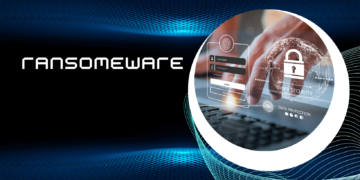If your business processes payment card information, PCI DSS compliance is crucial. It ensures you adhere to the Payment Card Industry Data Security Standard, a framework designed to protect cardholder data from fraud and theft. Whether you handle payments online, in-store, or over the phone, PCI DSS compliance safeguards your customers’ sensitive information.
What Does PCI DSS Compliance Mean?
PCI DSS compliance means that your business meets the stringent security standards established by the Payment Card Industry (PCI) Security Standards Council. This council, formed by major credit card companies such as Visa, Mastercard, and American Express, aims to make transactions safer by requiring businesses to:
- Secure their networks to protect cardholder data
- Establish robust access controls
- Monitor and test networks regularly
- Promote security awareness through company-wide policies
These requirements apply to every business that stores, processes, or transmits cardholder data, from small retailers to global corporations.
Why Is PCI DSS Compliance Essential?
1. Protect Customer Payment Data
Compliance minimises the risk of data breaches by enforcing robust security measures. This protects sensitive customer information from falling into the hands of cybercriminals.
2. Build Trust with Your Customers
Customers are more likely to purchase from businesses that prioritise security. Demonstrating your compliance reassures them that their payment information is in safe hands.
3. Avoid Financial Penalties
Failing to comply with PCI DSS can result in steep fines from banks or payment card companies, especially following a data breach. For small businesses, these fines can be devastating.
4. Reduce Fraud and Data Breaches
By implementing PCI DSS guidelines, you actively reduce your risk of fraud, chargebacks, and other costly repercussions of data theft.
5. Meet Legal and Contractual Obligations
In many cases, PCI DSS compliance is a legal requirement. Payment processors and banks often mandate compliance to maintain your ability to process card payments.
Steps to Achieve PCI DSS Compliance
Step 1: Assess Your Security Measures
Conduct a thorough review of your current security practices. Use a gap analysis to identify areas where you fall short of PCI DSS requirements.
Step 2: Complete a Self-Assessment or Audit
Small businesses may complete a Self-Assessment Questionnaire (SAQ), while larger organisations often require an audit by an approved PCI DSS Qualified Security Assessor (QSA).
Step 3: Implement Required Security Controls
Strengthen your systems by updating software, enhancing network protections, and training staff to manage sensitive data securely. Collaborating with cybersecurity experts can streamline this process.
Step 4: Monitor and Update Regularly
PCI DSS compliance is an ongoing responsibility. Continuously test, monitor, and update your security protocols to stay ahead of emerging threats.
The Bottom Line
Achieving PCI DSS compliance is vital for protecting your customers, reducing fraud risks, and ensuring your business meets legal and contractual requirements. By adhering to these security standards, you show your commitment to safeguarding sensitive information, earning customer trust, and protecting your reputation.
For additional guidance on PCI DSS compliance, visit the Payment Card Industry Security Standards Council’s official website.
























